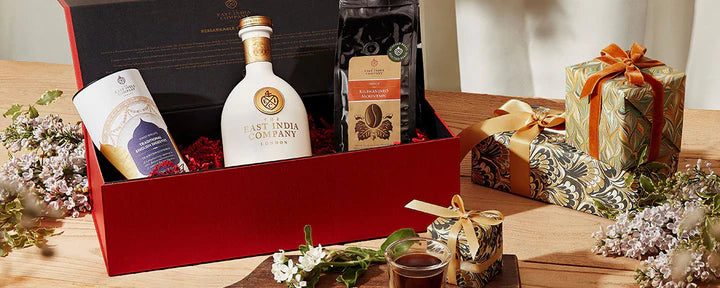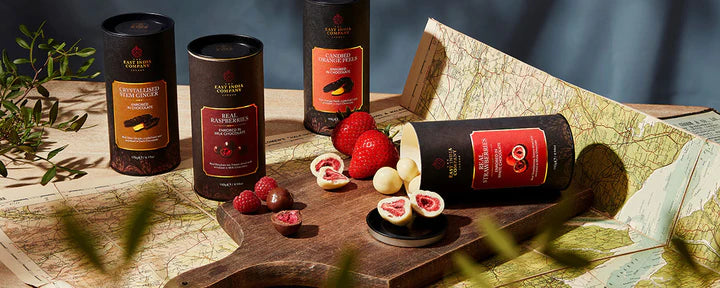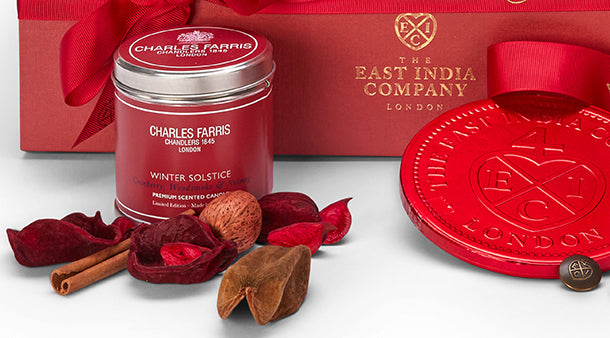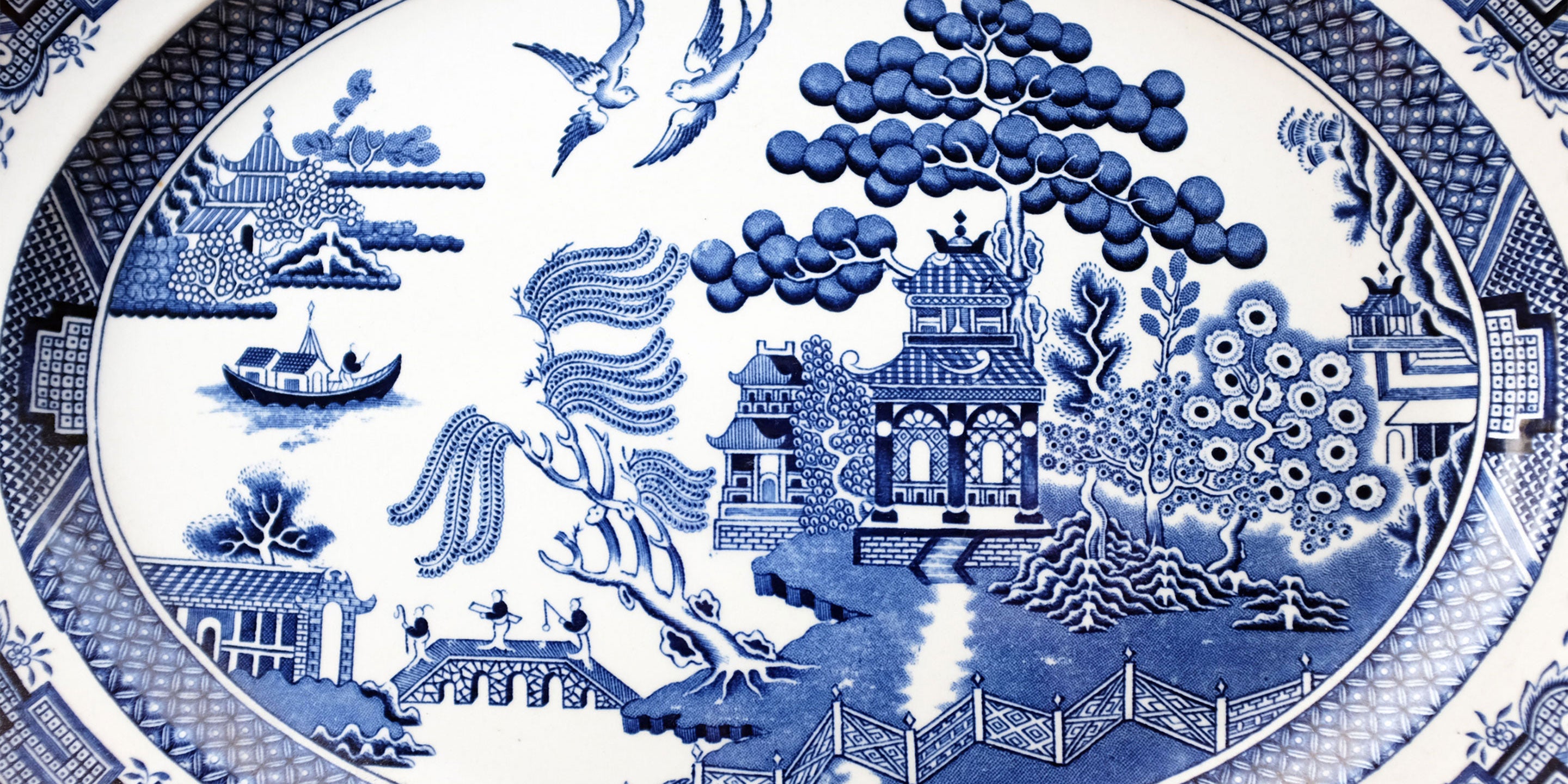The British and European appetite for beautifully designed porcelain had been well and truly whetted, with Chinese artisans enjoying great popularity in the west, first with designs purely of Chinese influence, and then with ‘western’ design competing directly with the burgeoning western manufacturing.
The mid-18th century however saw the re-emergence of European appetite for Chinese designs and, married with western production methods that could now compete with those of China, the Chinoiserie movement was born. In fact, the style extended not just to the decorative arts, but to garden design, architecture and beyond.
European manufacturers imitated and interpreted Chinese designs and traditions. Pieces from this movement are characterised by a quite romanticised ideal of Chinese decoration – the famous Willow being one example of a popular pattern, with subject matter often around leisure and pleasure – the European vision of typical Chinese culture!
Soon the majority of British demand was being met by the new English manufacturers in Staffordshire such as Royal Worcester, and by the mid-1800s as few as 5000 pieces of Chinese porcelain arrived in England each year.
The English pottery business was booming. The ginger jar for storage of the increasingly popular and once-exotic root for cookery became a common item. The ‘Brown Betty’ teapot was also created at this time and became a favourite in every household.
All of this was routed in and made possible by the foresight shown by the men of The East India Company in first trading porcelain with the Chinese.




 Ceylon / Sri Lanka
Ceylon / Sri Lanka Assam, India
Assam, India Japan
Japan Taiwan
Taiwan Nepal
Nepal China
China Kenya
Kenya Egypt
Egypt South Africa
South Africa


